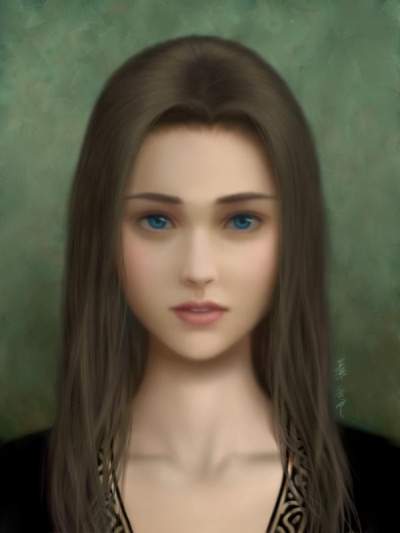Deep Mystery Surrounds the Discovery of Young Girl in a Roma Settlement in Greece

A blond, blue eyed girl thought to be aged around four was discovered living in a Roma settlement in Greece with a couple who claimed she was their child.
Photo: Matus Kacmar
Photo: Matus Kacmar
When police officers stormed a Roma settlement in the small town of Farsala in central Greece, they found themselves in front of very disturbing situation. A blond, blue eyed girl was discovered living in the settlement with a couple who claimed she was their child. As the toddler, aged about four, did not bare any of the physical characteristics of the Roma, the police suspected that the couple was lying. DNA tests have now confirmed that she was not their biological daughter or related to them in any way.
Greek authorities suspect that the child might have been kidnapped in 2009 or is a victim of child trafficking. They released her photo hoping to find clues related to her identity, biological parents and the way she ended up living in the Roma settlement. As the child’s characteristics resemble those of people born in the Northern and Eastern parts of Europe, Greek authorities have requested international support in their attempt to solve the mystery.
The girl’s name is said to be Maria and her age is around four, although officials claim that the child might be older. They discovered her in a raid while searching for drugs and illegal weapons and the striking lack of resemblance between the blonde-haired, blue-eyed, pale-skinned girl and the people who claimed to be her parents immediately raised suspicion. The parents, a 40 year-old woman and a 39 year-old man presented a number of conflicting stories about the girl under interrogation. Furthermore, an investigation in the family’s documents showed a number of further discrepancies. In these, the woman is presented as having given birth to no less than six children in a period of ten months, while they two have registered a number of different children in different regional family registries. They appear to have at least ten children in total.
The Police Director of Thessalia Province, Vassilis Halatsis mentioned the “constantly changing claims” of the two Roma and commented that the policemen are investigating all possibilities. “So far we do not have a declared disappearance of a child of this age in Greece. Through Interpol, we will request assistance from the other European countries”, he said.
The child is temporarily being cared for by a charity organisation, called Smile of the Child. Its president, Kostas Yiannopoulos, said that there is evidence that the girl was forced to beg on the streets, was obviously neglected and was at first extremely frightened. Her overall health, however, is good.
The news of the discovery of the little girl in Greece come just a few days after British police issued a drawing of a possible suspect in the case of Madeleine McCann, who disappeared in 2007 while vacationing with her family in Portugal. A spokesman of Madeleine’s parents said that this case gave the family “great hope” that their girl will also be found alive one day.

